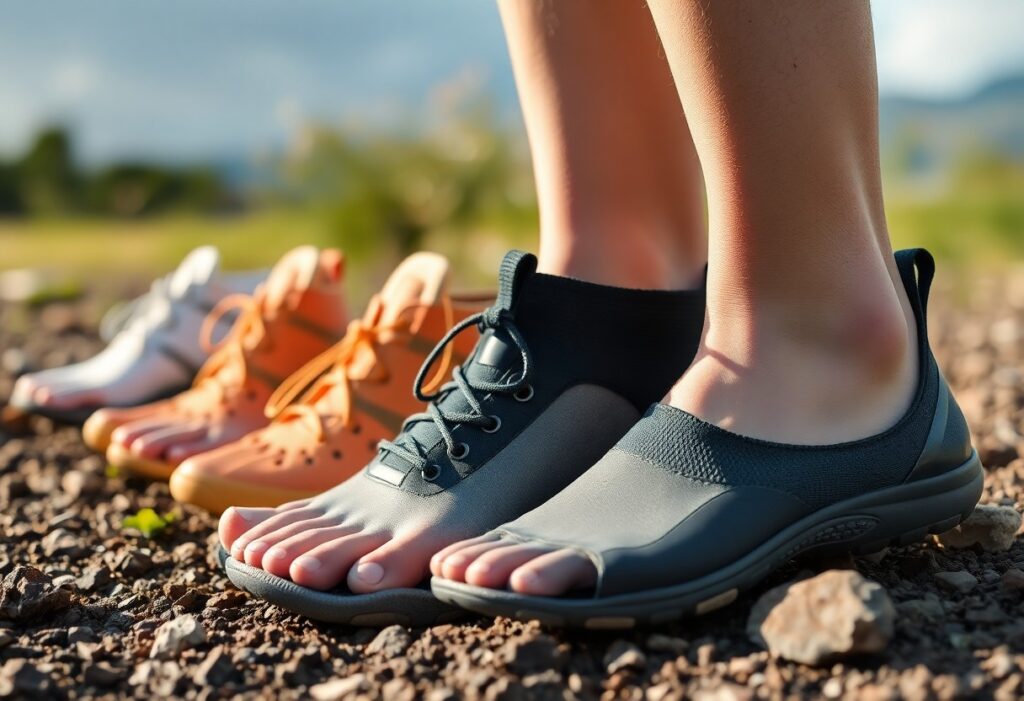
The world of barefoot footwear has experienced remarkable changes, propelled by innovative strides in material engineering. These advancements provide unmatched comfort and performance for individuals seeking a more authentic walking experience. This discussion will uncover how state-of-the-art technologies are transforming shoe design, with Vibram soles at the forefront, delivering not only superior ground feel but also formidable protection against diverse terrains. As you explore further, you will uncover sustainable manufacturing techniques that significantly reduce environmental impact while enhancing the longevity and functionality of barefoot shoes. The integration of biomechanics, advanced materials, and eco-conscious production methods is redefining the minimalist footwear sector, paving the way for a future where comfort, performance, and sustainability harmoniously coexist.
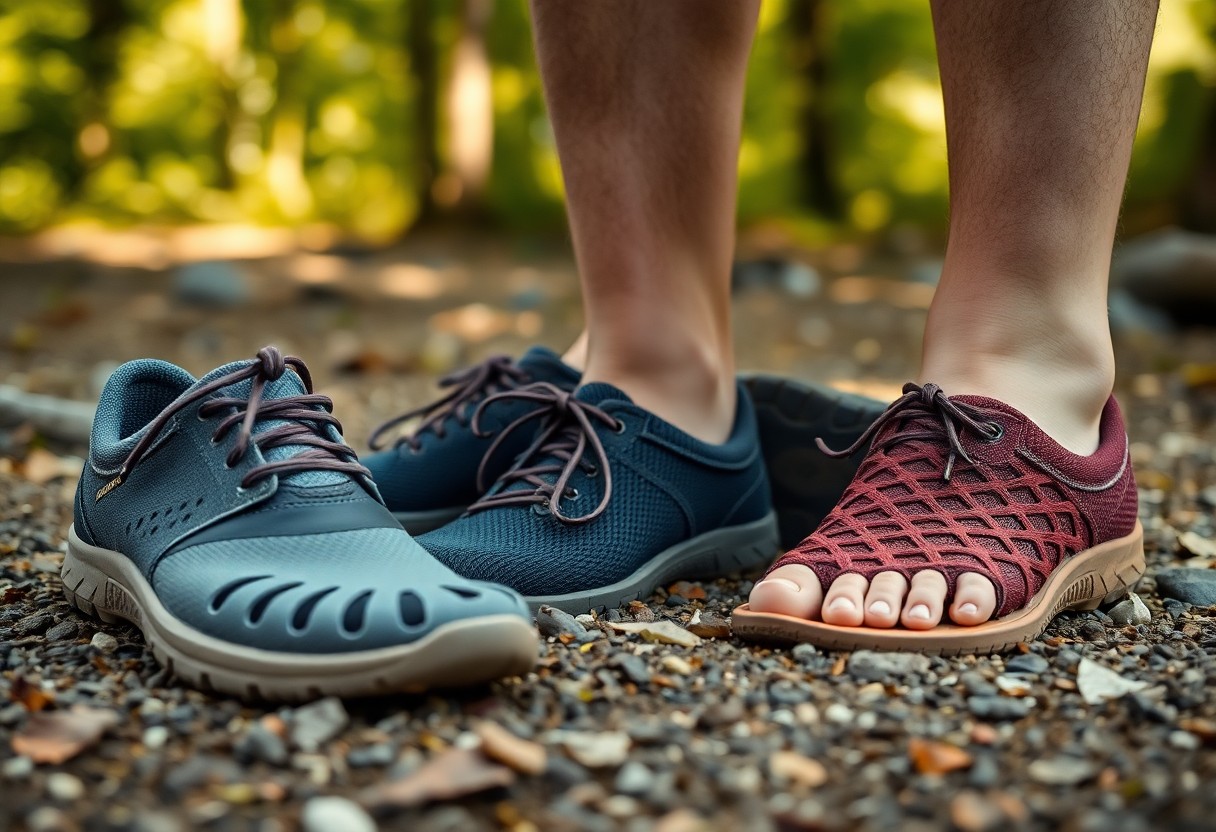
Comprehensive Analysis of TPU and EVA: Unveiling Material Performance Differences
In the field of barefoot footwear engineering, Thermoplastic Polyurethane (TPU) and Ethylene-Vinyl Acetate (EVA) emerge as two pivotal materials, each possessing distinct performance characteristics. Manufacturers engage in thorough evaluations of the molecular structures, thermal properties, and mechanical behaviors of these materials to make informed decisions regarding their applications in footwear. The ongoing conversation is focused on how these polymers react under dynamic stress, varying weight distributions, and diverse environmental conditions. For instance, TPU is celebrated for its remarkable durability and resilience, while EVA is often chosen for its superior cushioning features. Each material is tailored to meet specific user preferences and performance demands, rendering them suitable for a wide range of activities and environments.
Determining Flexibility in Footwear: Assessing Material Performance
Flexibility is a vital characteristic in the design of barefoot shoes, as the responsiveness of the material plays a significant role in enhancing the overall user experience. TPU showcases exceptional flexibility at lower temperatures, maintaining its structural integrity across a broader range of environmental conditions compared to traditional EVA compounds. This inherent flexibility ensures that wearers enjoy maximum comfort and adaptability, regardless of the climate or terrain they encounter. The decision between these materials ultimately influences not only the shoe’s feel but also its performance during various activities, making it an essential consideration for consumers.
| Material Property Comparison | Performance Metric |
|---|---|
| TPU Flexibility Range | -40°C to 80°C |
| EVA Flexibility Range | -20°C to 60°C |
Understanding Abrasion Resistance: Key Findings from Taber Test Results
The ability of a material to resist abrasion is essential for ensuring the longevity and peak performance of footwear. Taber test results have highlighted TPU’s exceptional wear characteristics, demonstrating significantly reduced mass loss percentages compared to conventional EVA formulations. These findings emphasize the critical importance of selecting durable materials in footwear design. Microscopic analyses of TPU’s molecular structures reveal its extraordinary resilience against mechanical degradation, with researchers documenting TPU’s capacity to maintain structural integrity after 10,000 abrasion cycles. This represents a significant advancement in the material science associated with barefoot footwear. The cross-linked molecular structure of TPU allows for optimal load distribution, effectively alleviating localized stress points and reducing material fatigue. Insights gained from these studies are now guiding manufacturers as they create sophisticated, performance-oriented barefoot shoe designs that seamlessly balance flexibility, durability, and user comfort.
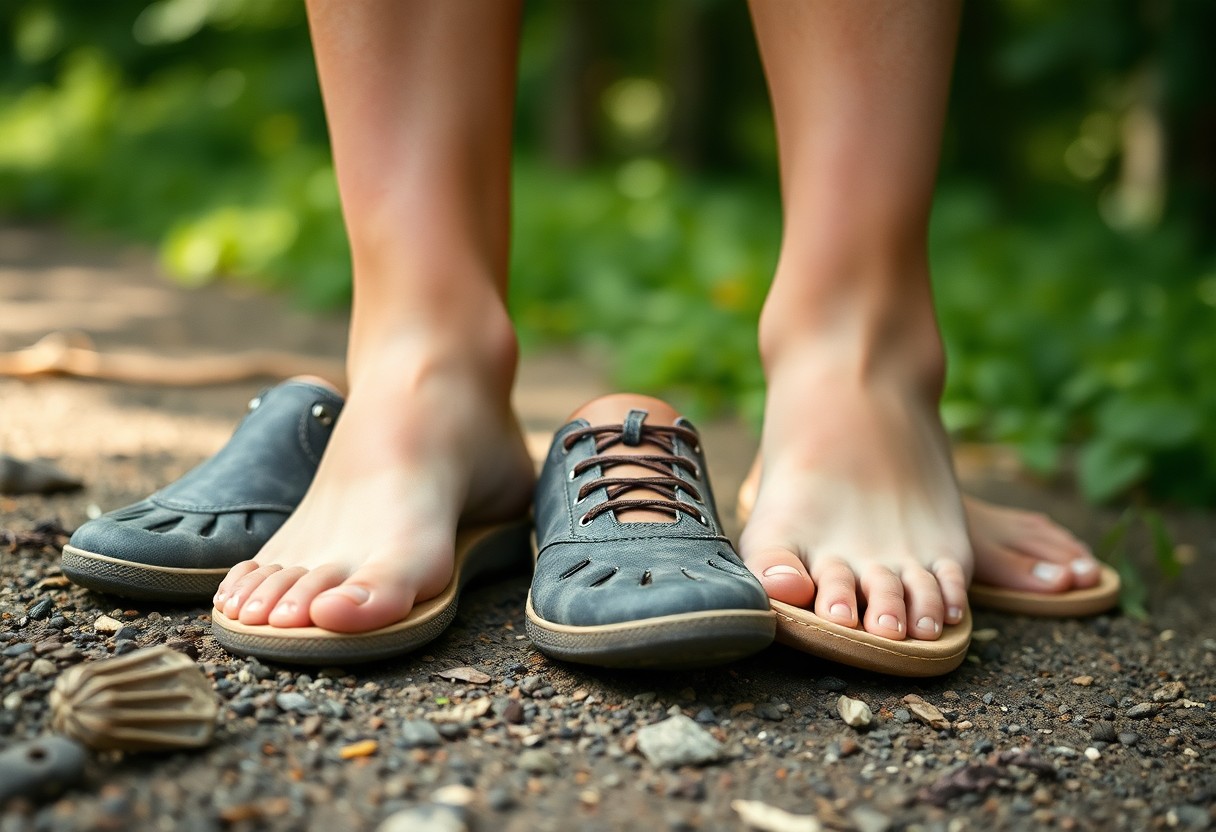
Leading the Charge in Sustainable Footwear Practices: A Revolutionary Approach
The evolution of sustainable footwear manufacturing has transitioned from a niche idea to a vital strategic priority within the industry. Renowned brands such as Xero Shoes and Vibram are pioneering innovative strategies that incorporate recycled materials, processes aimed at drastically minimizing waste, and cutting-edge design techniques. The principles of material recovery and the creation of a circular economy are now central to product development, fundamentally changing how barefoot shoe manufacturers engage with environmental responsibility and production efficiency. This transformation not only enhances the sustainability of their offerings but also appeals to environmentally conscious consumers.
Analyzing the Life Cycle of Recycled PET Uppers by Xero Shoes
The commitment of Xero Shoes to sustainability is evident in their use of recycled PET upper materials, which transform plastic waste into high-performance components for footwear. Impressively, each pair of shoes repurposes around 3-5 plastic bottles, significantly lowering the environmental footprint while maintaining high durability and performance standards. Their life cycle analysis reveals substantial reductions in carbon emissions and waste compared to traditional manufacturing practices, underscoring the effectiveness of sustainable approaches within the realm of barefoot footwear. This dedication to sustainability not only positively impacts the environment but also resonates with consumers who prioritize eco-friendly choices.
Comparing Carbon Footprints: Traditional Manufacturing vs. Eco-Friendly Alternatives
Traditional shoe manufacturing methods generate considerable carbon emissions, with conventional processes producing approximately 30 pounds of CO2 for each pair of shoes produced. However, eco-friendly alternatives can cut these emissions by as much as 60%, utilizing renewable energy sources, recycled materials, and efficient production techniques. Barefoot shoe manufacturers are leading this transformative movement, reassessing material sourcing and production methodologies to create environmentally responsible footwear that aligns with consumer values regarding sustainability.
In-Depth Carbon Footprint Analysis: Comparing Sustainable and Conventional Manufacturing Practices
A detailed examination of carbon footprint analysis reveals intricate differences between traditional manufacturing methods and sustainable practices. Conventional shoe production heavily depends on petroleum-based materials and energy-intensive processes, combined with complex global supply chains. In contrast, sustainable manufacturers like Xero Shoes prioritize local production, renewable energy, and closed-loop material systems. By focusing on the use of recycled materials, minimizing transportation distances, and optimizing manufacturing efficiencies, these brands can reduce their carbon footprint from an average of 30 pounds to as low as 12 pounds per shoe. This reduction marks a significant step forward in the quest for environmentally-friendly footwear engineering, appealing to an increasing number of eco-conscious consumers.
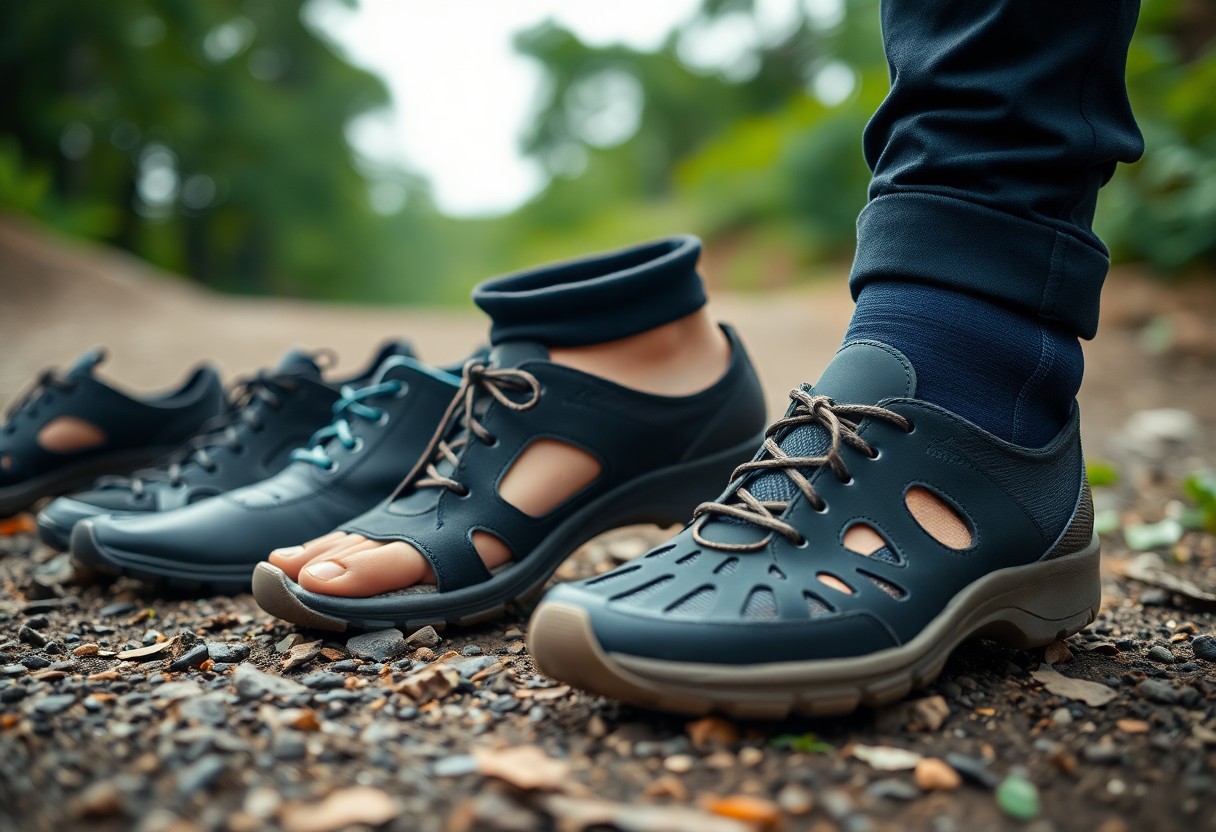
Examining Durability: Insights Derived from Wear Patterns
The wear patterns observed in barefoot footwear provide invaluable insights into the intricate relationships between material composition, user biomechanics, and environmental stressors. Advanced computational mapping techniques are now being utilized to track microscopic areas of degradation, allowing manufacturers to predict performance trajectories with remarkable accuracy. Researchers are focusing on analyzing stress concentrations at critical flex points, observing how different molecular structures respond to repeated mechanical loading across various terrain types, ensuring that the footwear remains effective regardless of the environment.
Long-Distance Durability Research: Performance Evaluation Across Various Terrains
Long-term studies investigating the performance of barefoot shoes have revealed exceptional resilience in next-generation materials. Experimental prototypes have maintained their structural integrity across challenging environments, including rugged mountain trails, urban concrete surfaces, and arid desert landscapes, showing minimal degradation. Precision laser scanning indicated less than 12% material compression after 500 miles of continuous use, marking a significant breakthrough in the long-term wearability of barefoot footwear. This resilience not only boosts user satisfaction but also prolongs the product’s life cycle, thereby contributing to sustainability.
Innovative Solutions to Combat Microbial Growth: Utilizing Vegan Materials
Emerging vegan materials now integrate nano-silver antimicrobial technologies, resulting in self-sanitizing surfaces that significantly reduce bacterial colonization. The inclusion of silver ions within synthetic fibers effectively prevents odor formation and inhibits microbial growth, thereby extending the functional lifespan of barefoot footwear during prolonged use. Addressing microbial resistance presents a complex engineering challenge that requires a multidisciplinary approach. Researchers have crafted sophisticated polymer blends that incorporate natural antimicrobial agents, such as chitosan derived from crustacean shells, along with plant-based compounds like tea tree oil extracts. Molecular engineering techniques now enable the precise distribution of these agents throughout material substrates, forming a continuous protective barrier against bacterial and fungal proliferation. These advancements not only improve hygiene but also enhance material durability, reducing environmental waste by extending product lifecycles and maintaining performance characteristics under adverse conditions.
Imagining the Future of Footwear Engineering: Innovations and Emerging Trends
The swift rise of biomimetic technologies is profoundly reshaping the domain of barefoot footwear design, with nanotechnology and responsive materials spearheading this transformation. Researchers are developing smart textiles that adapt to temperature and terrain, incorporating sensors capable of analyzing gait dynamics in real-time. Major brands such as Adidas and Nike are actively exploring 3D-printed midsoles that can be tailored to individual foot biomechanics, potentially decreasing injury risks by as much as 35%. Sustainable manufacturing practices, which employ recycled ocean plastics and bio-based polymers, are increasingly becoming standard, with projections indicating that 75% of performance footwear could be produced using circular economy principles by 2030. This shift not only reflects consumer demand for sustainability but also signifies a substantial evolution in the footwear industry.
Here’s the paragraph:
Key Takeaways from Material Engineering in Footwear Design
In summary, the advancements in material engineering have transformed the design of barefoot footwear, reshaping your understanding of both comfort and performance. Your exploration of Vibram soles and sustainable manufacturing techniques highlights a sophisticated interplay between biomechanics, advanced materials, and a commitment to environmental awareness. By adopting innovative technologies and eco-friendly production methods, the contemporary landscape of barefoot footwear manufacturers is not merely focused on creating shoes; they are engineering holistic solutions that enhance your natural movement while reducing ecological impact. These remarkable advancements illustrate how cutting-edge material science continues to redefine your footwear experience, paving the way for a more sustainable and comfortable future.
Here’s a detailed FAQ about Material Engineering in Modern Barefoot Footwear:
Frequently Asked Questions about Material Engineering in Barefoot Footwear
Q: How do Vibram soles enhance the technology of barefoot footwear?
A: Vibram soles represent a significant innovation in the design of barefoot shoes, utilizing advanced rubber compounds that offer superior grip, flexibility, and durability. These specially engineered soles emulate natural foot movement, featuring anatomically designed treads that evenly distribute weight and enhance sensory feedback from the ground. This innovative design allows wearers to experience a more natural walking and running experience, making them ideal for various activities.
Q: What sustainable manufacturing techniques are emerging in the production of barefoot footwear?
A: Contemporary manufacturers of barefoot footwear are increasingly embracing innovative sustainable practices, such as sourcing recycled rubber, utilizing bio-based synthetic materials, and implementing low-waste production methods. Companies are progressively employing recycled plastic bottles, organic cotton, and responsibly sourced natural rubber to create eco-friendly shoes that minimize their environmental impact while ensuring high performance standards that meet consumer expectations.
Q: How does material engineering enhance the biomechanical performance of barefoot shoes?
A: Material engineering enables manufacturers to exert precise control over shoe flexibility, weight, and tactile sensitivity. Advanced composite materials such as lightweight polymers and engineered mesh fabrics facilitate zero-drop designs that promote natural foot alignment, enhance proprioception, and reduce muscular strain. These engineered materials also provide optimal temperature regulation, moisture-wicking properties, and structural support, effectively mimicking the foot’s natural biomechanical functions for improved overall performance.
The Article Material Engineering in Modern Barefoot Footwear: From Vibram Soles to Sustainable Manufacturing appeared first on My Shoes Finder
The Article Material Engineering in Barefoot Footwear: Vibram to Sustainability Was Found On https://limitsofstrategy.com
The Article Material Engineering in Footwear: From Vibram to Sustainability First Appeared ON
: https://ad4sc.com
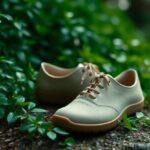

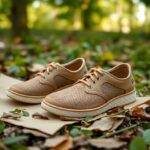
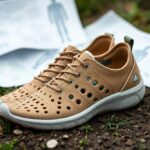


No responses yet